By Richard B.
Playing With Chords: Using Chords to Create Music
Chords are the basic notes that make up a harmonious sound. They can often be heard together or directly after each other in some sort of a rhythmic arrangement. They are usually made up of a root note, which also tells you the key signature the song is in. Chords can then have a closing note, which is the last note of the chord. Everything that is played in between is what makes the chord what it is and uniquely set aside from any other chord. The possibilities inside are virtually endless - you can play the thirds, fifths, sevenths and any combination to create both harmony and dissonance.
The basics
Start with a piano because it's one of the easiest instruments to create chords on. If you don't have a piano, a guitar is another good solution. Any stringed instrument will do, in fact.
Songs are often made up of a sequence of chords. If you look at popular mainstream music for example, you will see that they are often very simple. The music that accompanies the singing is often following a very simple pattern of chords, such as: G - C - G - D. This means a couple of things. The song is played in G major. This means that there is only one sharp, an F# in the music. For the first few beats the melody will be sung around or on notes in the G major chord, that is, G B and D. But then, in the next bar of the music, the chord will drop to C major, which is made up of C E and G. So the melody will travel around those three notes in this bar. In the third bar, the key signature will jump back up to the first one. Finally, to close the song will drop down to a D major key, which means the notes D E and A will provide the framework for this bar. The music can then do a number of things - it can go back to the start or it can start a new part of the song by dropping to a minor key. In the case of G major, the equivalent minor key is E minor. So then the next part of the song could go something like this, bar by bar: e a e b.
Practice
Now that you have a basic 8 bar sequence that alternates between both major and minor keys, you can practice doing this on your left hand many times till you are comfortable switching between chords. When you're good at it, you can use your right hand on the piano to make up a tune or to play a tune that you know fits well with these chords. These are the basics. Keep practicing these chords and this melody many times to work the notes into your fingers.
Complicate!
Now that you have your basic sequence of chords and you've been practicing them, it's time to start varying in order to make things sound different and interesting.
Instead of playing the third note of a chord, play the fourth and see the dissonance it creates. Think about how you can "fix" that dissonance by changing something in the melody.
Instead of playing the octave of the root note to close your chord, close it with the seventh. This is one of the "tricks" to jazz music.
If you have figured out a cool melody or you really like a melody, then drop it into the equivalent minor key or raise it to the equivalent major key to change its mood. Likewise, drop your chords or raise them. Sometimes you don't even need to do this. You play a major melody with a minor chord and it still sounds good.
Chords are really the backbone of music. They are like the scaffolding that holds the whole thing together. They will provide a framework for you to base your melodies around.
© New Mozart School of Music

